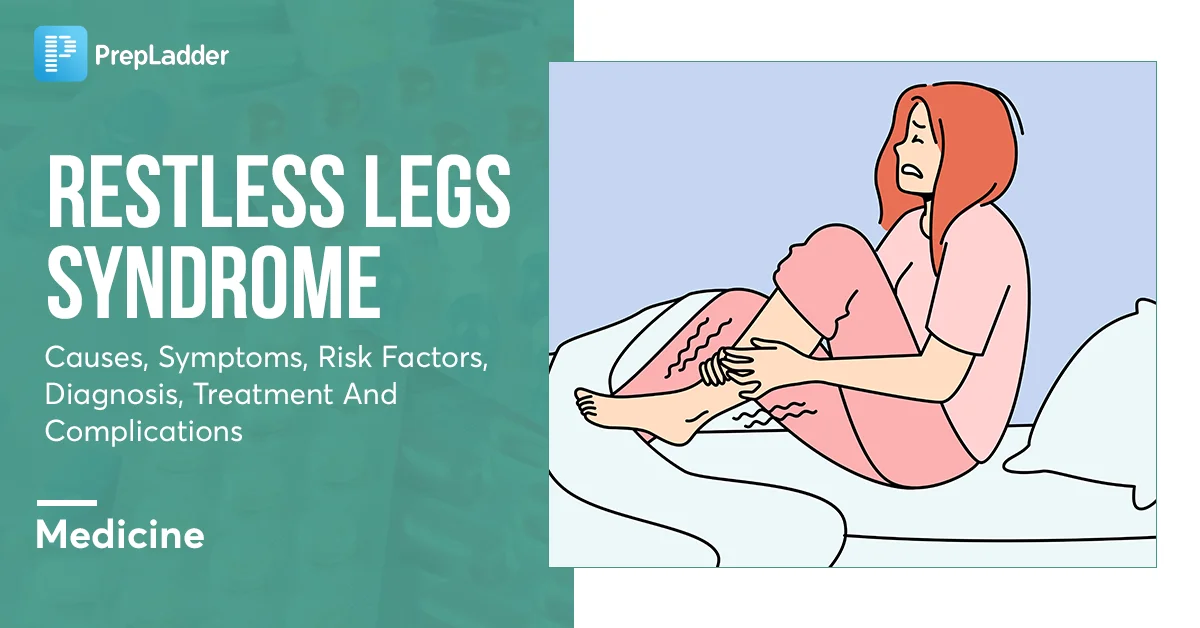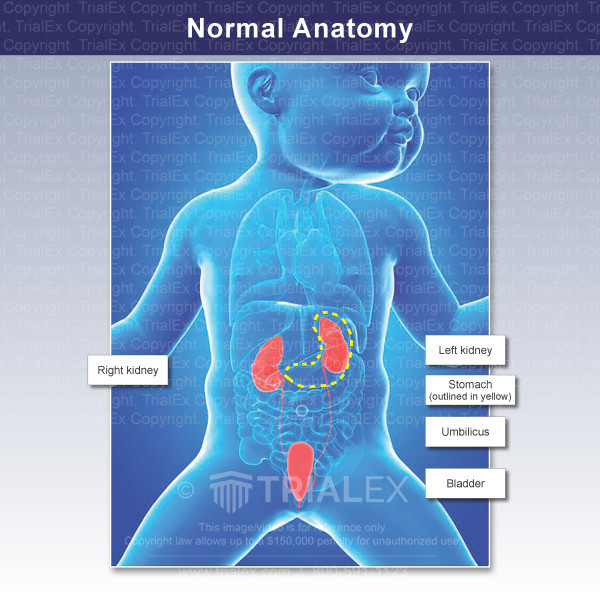Fillings After Care: Painfree Recovery
When it comes to dental fillings, the primary goal is not only to restore the tooth’s structure and function but also to ensure a pain-free recovery. The aftercare process plays a crucial role in achieving this objective. Immediately after the procedure, it’s essential to follow specific guidelines to minimize discomfort, prevent complications, and promote healing.
Understanding the Filling Procedure
Before diving into the aftercare instructions, it’s helpful to grasp the basics of the filling procedure. Dental fillings are used to repair teeth damaged by decay, cracks, or wear. The process involves removing the damaged portion of the tooth, cleaning the area, and then filling it with a material such as amalgam, gold, or composite resin. The choice of filling material depends on various factors, including the location and extent of the damage, the patient’s budget, and personal preference regarding the appearance of the filled tooth.
Immediate Aftercare
In the hours immediately following the filling procedure, patients may experience some sensitivity. This is usually mild and temporary, resolving on its own within a few days. To manage any discomfort and ensure a smooth recovery:
- Avoid chewing or biting on the filled tooth until the anesthesia has worn off. This is crucial to prevent unintentionally biting your cheek, tongue, or lip.
- Stick to a soft diet for the first 24 hours. Foods like yogurt, scrambled eggs, and mashed potatoes are good options. Avoid hard, crunchy, or sticky foods that could dislodge the filling or cause discomfort.
- Use pain relievers as directed by your dentist. Over-the-counter medications like acetaminophen (Tylenol) or ibuprofen (Advil, Motrin) can help manage pain and inflammation.
- Practice good oral hygiene but be gentle around the filled tooth. Continue to brush and floss your teeth as you normally would, taking care not to irritate the gums or the filled tooth.
Managing Sensitivity and Pain
Sensitivity after a filling is common, especially with hot or cold foods and drinks. If the sensitivity persists or is severe, it’s essential to contact your dentist. They may recommend a desensitizing toothpaste or varnish to apply to the affected tooth. In some cases, additional treatment may be necessary if the filling is not fitting properly or if there is an underlying condition such as pulpitis.
Long-term Care
For the long-term success of your dental filling and to prevent future problems:
- Regular dental check-ups are crucial. Your dentist can monitor the filling, check for any signs of wear or damage, and address any potential issues early on.
- Maintain good oral hygiene habits. Brushing at least twice a day and flossing once a day will help prevent the buildup of plaque and bacteria around the filling.
- Avoid habits that can damage fillings, such as biting your nails, chewing ice, or using your teeth to open packages. These actions can apply excessive force on the filling, potentially leading to its displacement or the tooth’s fracture.
Enhancing Recovery with Lifestyle Adjustments
In addition to following your dentist’s aftercare instructions, certain lifestyle adjustments can enhance your recovery and overall oral health:
- Stay hydrated by drinking plenty of water. This helps maintain saliva production, which is essential for cleaning the mouth and facilitating healing.
- Eat a balanced diet rich in fruits, vegetables, whole grains, and lean proteins. A nutritious diet supports overall health, including the health of your teeth and gums.
- Avoid sugary and acidic foods and drinks, which can contribute to tooth decay and erosion.
Conclusion
The key to a pain-free recovery after a dental filling is a combination of proper aftercare, maintaining good oral hygiene, and adopting healthy lifestyle habits. By following the guidelines provided by your dentist and making informed choices about your diet and oral care routine, you can minimize discomfort, ensure the longevity of your filling, and maintain a healthy, beautiful smile. Remember, if you experience any unusual symptoms or have concerns about your recovery, don’t hesitate to reach out to your dental care provider. They are there to support you through every step of the process.
Frequently Asked Questions
How long does it take to recover from a dental filling?
+Recovery from a dental filling is typically quick, with most people able to return to their normal activities immediately. However, it's advisable to avoid chewing or biting on the filled tooth until the anesthesia has worn off and to follow a soft diet for the first 24 hours to minimize discomfort and prevent complications.
Why do I experience sensitivity after a filling?
+Sensitivity after a filling can occur due to several reasons, including the natural response of the tooth to the filling material, the depth of the filling, or if the filling is not properly fitted. In most cases, sensitivity is temporary and resolves on its own within a few days. However, if the sensitivity persists or is severe, it's essential to consult your dentist for further evaluation and treatment.
Can I eat normally after a dental filling?
+It's recommended to avoid chewing or biting on the filled tooth until the anesthesia has worn off to prevent unintentional biting of your cheek, tongue, or lip. For the first 24 hours, sticking to a soft diet can help minimize discomfort and reduce the risk of dislodging the filling. After this period, you can gradually return to your normal diet, but it's advisable to avoid hard, crunchy, or sticky foods for a while to prevent damaging the filling.
How often should I visit my dentist after getting a filling?
+Regular dental check-ups are crucial for the long-term success of your dental filling. Your dentist can monitor the filling, check for any signs of wear or damage, and address any potential issues early on. Typically, follow-up visits are scheduled as part of your routine dental care, which is usually every six months. However, the frequency may vary based on your individual oral health needs and the recommendations of your dentist.
What are the signs of a failed dental filling?
+Signs of a failed dental filling can include persistent or severe sensitivity, pain when biting or chewing, visible cracks or fractures in the filling or tooth, or if a piece of the filling breaks off. If you notice any of these symptoms, it's essential to contact your dentist as soon as possible for an evaluation and appropriate treatment to prevent further complications.
Can dental fillings be redone if they fail?
+Yes, dental fillings can be redone if they fail. The process involves removing the old filling, cleaning the area, and placing a new filling. In some cases, if the tooth has decayed further or is severely damaged, more extensive treatments like a crown or root canal may be necessary. Your dentist will assess the condition of the tooth and recommend the most appropriate treatment option.
By prioritizing your oral health and following the guidelines outlined above, you can ensure a pain-free recovery and enjoy the benefits of your dental filling for years to come.

